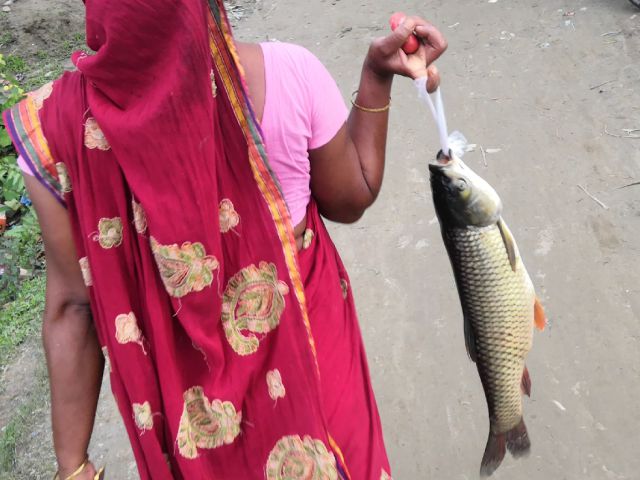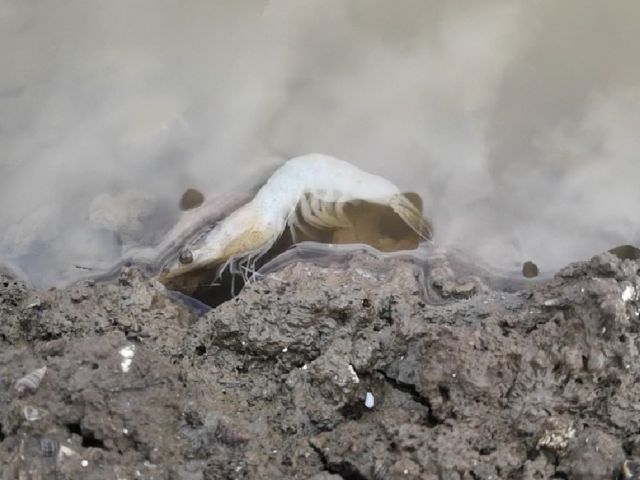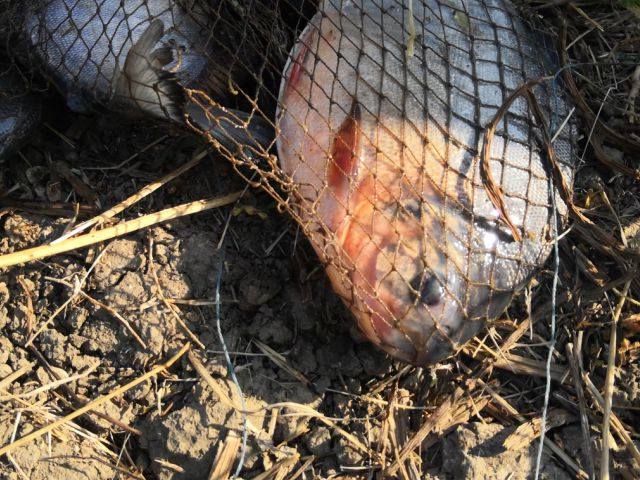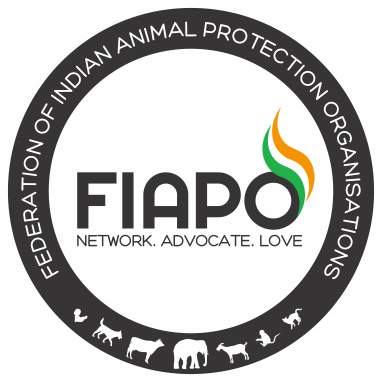
Aquaculture - An investigation on trends and practices in India
FISH AND AQUATIC ANIMALS - OUR NEGLECTED COUSINS

The lives of fishes and other aquatic animals are often not in direct view for us which has resulted in a collective ignorance about the complexity of their lives. New research undertaken to understand the lives of fishes and other aquatic creatures has resulted in some incredible understanding of the complex nature of these animals. But sadly, this research has been siloed in research circles alone and it hasn’t seen much outreach to the general populace leading to very primitive attitudes towards these animals - such as the animals being not intelligent or that they are not sentient.
We should clarify that there is a spectrum when it comes to intelligence/ cognitive capacities and sentience of different aquatic animals, but it doesn’t mean that they are either unintelligent or non-sentient. Due to a dearth of research on these parameters across all aquatic animals and the extremely high number of species, completion of research for very specific recommendations for welfare of aquatic animals is still afar. This doesn’t mean that we should continue exploiting these animals until such concrete research is in. It is always better to err on the side of caution when one is unclear on the moral nature of an action - hence, in this case, it is better to not kill aquatic animals with a cavalier attitude when there is moral ambiguity (not so much though when it comes to some of the most common aquatic animals killed for food currently).
In India, more than 70% of the total production of fish is from inland sources (including aquaculture) and only 28% is from marine environments in 2018-19. India is the third largest fish producer in the world and is also the third largest aquaculture producer as of 2018. Fishes in both conditions suffer excruciatingly when hauled on to the surface where they are killed by asphyxiation in air. This is standard operating procedure for killing fishes currently in almost all parts of the world. Imagine seeing a butcher drowning a chicken or a pig in water to kill the animal. There would be widespread outrage for doing that, although the animal is going to be killed, due to the torturous nature of drowning. But no one bats an eye, heck, people even enjoy when fish are asphyxiated in air (which is similar to drowning a terrestrial animal).
Across the world, anywhere from 73-180 billion fishes are farmed every year and a total of up to 3 trillion fishes are killed each year for food. Combined with the ginormous scale, a lack of knowledge about the aquatic cousins and their low visibility among the general populace has resulted in the huge amount of suffering of these animals being highly neglected. This calls for interventions to change this moral blemish on human society. The enormous scale and high neglectedness of the issue of aquaculture indicates that interventions in this regard are purported to have a high impact.
WHAT WE HAVE DONE SO FAR TO ADDRESS THIS ISSUE?
We had undertaken a nationwide investigation across 241 farms - 161 in freshwater farms and 80 in brackish water farms in 9 of the top 10 states (production-wise). During the investigation, the major parameters that we studied were
- Animal welfare parameters
- Water quality parameters - Ammonia, Nitrite, Nitrate, Ammonia, pH, Total Ammonia Nitrogen (TAN) and heavy metals
- Stocking density
- Annual Mortality rate
- Method of slaughter
- Incidence of diseases
- Environmental hazard and Public Health Hazard score - based on subjective estimates of the investigator.
The detailed 104-page report will be available on this page and in our ‘Reports’ page also for everyone to see. You could also use the dashboard in this page to break down the data state-wise and see the infringements and blatantly cruel conditions (in numerical terms) via the dashboard. The whole set of media files - pictures and videos will be made available for public viewing here.
This investigation report will serve as the evidence base on which our policy advocacy and all other interventions will be developed. You could read through our proposed set of approaches in the next section.
We had undertaken a nationwide investigation across 241 farms - 161 in freshwater farms and 80 in brackish water farms in 9 of the top 10 states (production-wise) based on the desk research compiled into a whitepaper on aquaculture in India.

HOW CAN YOU SUPPORT?

You can support the work to reduce the suffering of fish by a variety of methods. Here are a few:
- You could say ‘No’ to consuming any more aquatic animals (fishes, crustaceans, cephalopods, etc.). This is the easiest way to create a direct impact on the fishes. If you require assistance with the transition to a plant-based lifestyle, you can find information here by taking up our 21 day challenge.
- You could volunteer with local animal activists in your region to spread the word to others. Please contact mail@fiapo.org if you would like to be connected with activists in your city to volunteer your time to raise awareness amongst people.
- You could help us with our policy change initiatives by signing on to our petitions that we submit to various authorities to make changes in the conditions of animals. You can find all of our petitions here.
You could help us by signing our petitions to various authorities to make changes in the conditions in which fishes and other aquatic animals are raised. Please subscribe to the mailing list here through which we will be sending any new petitions that we write to different authorities. - If you have any useful contacts in any of the departments or in the government hierarchy listed above or if you are one amongst them and you would like to help, please contact us through mail@fiapo.org.
- You could help fishes and other aquatic animals by donating to high-impact charities like us who work to improve the conditions of fishes and other aquatic animals (and in fact other terrestrial farmed animals) to maximize your impact.
- You could bring your skills to work for a high impact non-profit that works for the alleviation of suffering of fishes (and other terrestrial farmed animals).
FREQUENTLY ASKED QUESTIONS (FAQs)
a) The suffering fishes (and other aquatic animals) is of an extremely high scale compared to terrestrial animals and the welfare of fish is highly neglected.
b) Fish that don’t have good welfare due to bad water quality or due to prophylactic use of antibiotics or high stocking density or any other parameter are more susceptible to diseases. This causes both public health hazards due to consumption of diseased fish or due to the possibility of movement of antibiotics or other dangerous chemicals across different trophic levels via consumption of meat of animals from these low-welfare farms
c ) Due to poor feeding techniques, bad water quality and lack of effluent treatment, (the former two are directly related to welfare of fishes), there is accumulation of too much nutrients in a small region and has the potential to ruin the groundwater. Hence, to alleviate the animal suffering, environmental and public health hazards, it is important that one should care about fish welfare.



